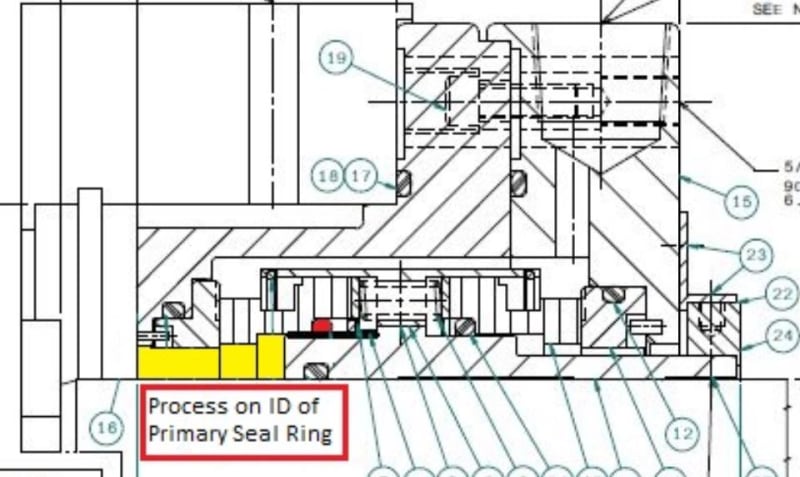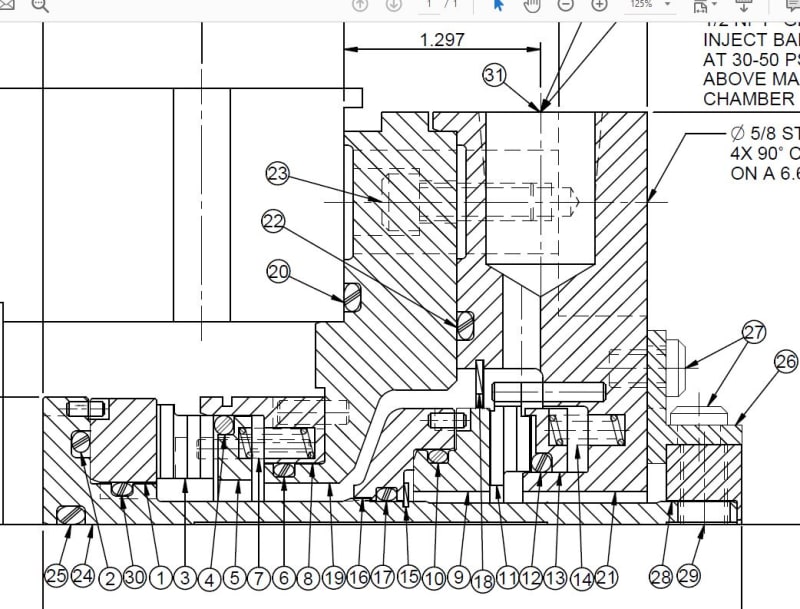Dear All
We are facing problem of repeated premature Mechanical Seal Failures on 03 Multi Stage Centrifugal Pumps in our Refinery. The Problem is since commissioning and Seal manufacturer has done some modifications but problem has not been resolved.
While comparing Seal Arrangement on all Pumps in this Refinery as well as another similar/twin Refinery, I have found that the 03 problematic Pumps have 3CW-FF Seal Arrangement. All other Pressurized Seals in both Refineries are 3 CW-FB or 3CW-BB.
Another observation in addition to the subject 03 Pumps, another Pump in same Refinery had 3CW-FF Seal which suffered repeated failures and was latter modified to 3CW-BB by Seal manufacturer
I have gone through API-682 and what I understand is that 3CW-FB is preferred arrangement for Pressurized Double Seals. I appreciate if someone can explain the positives and negatives of these arrangements
We are facing problem of repeated premature Mechanical Seal Failures on 03 Multi Stage Centrifugal Pumps in our Refinery. The Problem is since commissioning and Seal manufacturer has done some modifications but problem has not been resolved.
While comparing Seal Arrangement on all Pumps in this Refinery as well as another similar/twin Refinery, I have found that the 03 problematic Pumps have 3CW-FF Seal Arrangement. All other Pressurized Seals in both Refineries are 3 CW-FB or 3CW-BB.
Another observation in addition to the subject 03 Pumps, another Pump in same Refinery had 3CW-FF Seal which suffered repeated failures and was latter modified to 3CW-BB by Seal manufacturer
I have gone through API-682 and what I understand is that 3CW-FB is preferred arrangement for Pressurized Double Seals. I appreciate if someone can explain the positives and negatives of these arrangements


